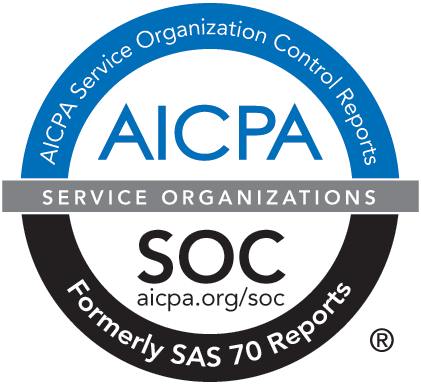Nonprofit Fundraising & DAFs
March 23, 2021 - In 2019, there were 873,228 donor-advised funds with a combined total of $141.95 billion. That’s nearly $142 billion already set aside and earmarked for charity. Your nonprofit’s mission is important, and you need funding to sustain the important work you do. Are you maximizing the fundraising opportunity presented by donor-advised funds?
In this article, we’ll cover what donor-advised funds are, their benefits to your nonprofit, and how you can engage with your donors about the giving vehicle.
WHAT IS A DONOR-ADVISED FUND
A donor-advised fund (DAF) is a charitable giving account that is sponsored by a public charity, like HighGround Advisors, and funded by a donor’s tax-deductible contributions of cash, stock, mutual funds or other assets. Contributions to a DAF are usually invested and have the potential to grow, tax-free, over time. Donors retain the right to recommend grants from the DAF to eligible charities of their choice. Meanwhile, the sponsoring organization vets the selected charities, mails the grant checks, and streamlines all grant activity into one tax receipt for the donor at the end of the year.
Because of their many tax advantages and their ease of use, DAFs have seen significant growth in recent years. For example, the compound annual growth rate of dollars granted from DAFs to charities from 2015 through 2019 was 13%. We find that each year, more and more donors are choosing to give with a DAF.
DAF BENEFITS TO NONPROFITS
There are several ways DAFs can benefit your nonprofit:
- Contributions to a DAF are often invested and professionally managed for the opportunity to grow, tax-free, before being granted to charity.
- DAFs are simple for your donors to set up and they ease the administrative burden of donors’ philanthropy. When giving is convenient, giving becomes more likely.
- Publicly traded securities and other illiquid gifts that have been held for over a year can be contributed to a DAF at fair market value and are not subject to capital gains tax. Avoiding this tax exposure means more money goes to the donor’s charity of choice when granted. Because not all nonprofits are equipped to receive illiquid gifts, a donor can channel gifts like these to charity through their DAF.
- Some donors use their DAFs to bundle their charitable giving or to prefund years of charitable giving with a financial windfall. Donors like these who have previously donated assets to their DAF are poised to meet the needs of charities in times of recession or market disturbance. For example, donor-advised funds continued to report record increases in grants in 2020 in response to the pandemic. Grantmaking increased by 66 percent between early 2019 and early 2020, far more than typical year-over-year growth.
- While DAFs are more often opened by donors above age 50, an increasing number of millennials are adopting this vehicle. With lower minimums and ease of use (sometimes with the ability to make contributions and grants online), DAFs will continue to grow in popularity with younger philanthropists. With this vehicle, your nonprofit could encourage gifts from the next generation of donors.
DAF DONOR ENGAGEMENT
So, how can your nonprofit make the most of the opportunities DAFs present? Through meaningful donor engagement:
- It’s important to understand the basics of how DAFs work so that you can educate your donors about the benefits of opening one or using one they already have. This vehicle is a tool in the fundraising toolkit that might help your donors meet their charitable goals.
- Pay attention to which of your donors have DAFs. In your communications, you can encourage them to make grants to your organization and, in some cases, set up recurring grants from their DAFs.
- Capture donor information from the DAF grants you receive from sponsoring organizations. While donors can choose to give from their DAFs anonymously, the vast majority don’t. So, when a sponsoring organization sends you a DAF grant, the donor’s name and information are typically included. This is your opportunity to thank your DAF donors and establish or strengthen your relationship with them.
The annual payout rate from DAFs to charities has exceeded 20% every year on record. As DAFs continue to grow, make sure some of that growth is put to work for your mission. If you have any questions about DAFs, call us today at 214.978.3300.



